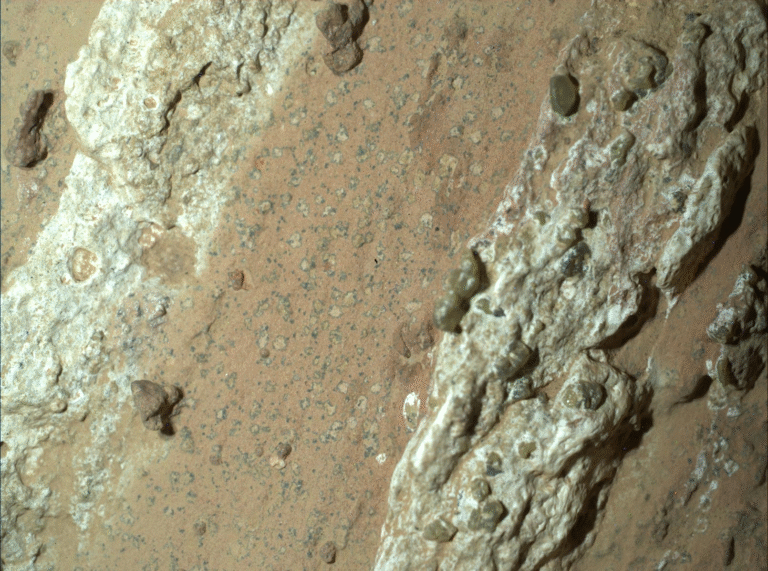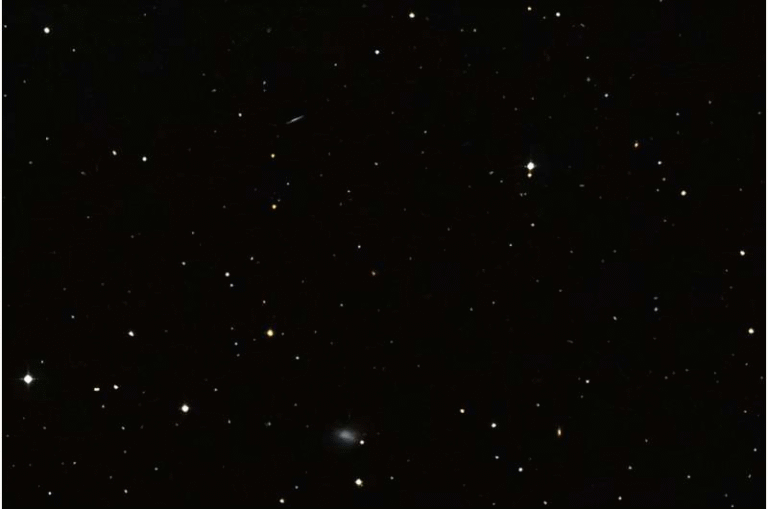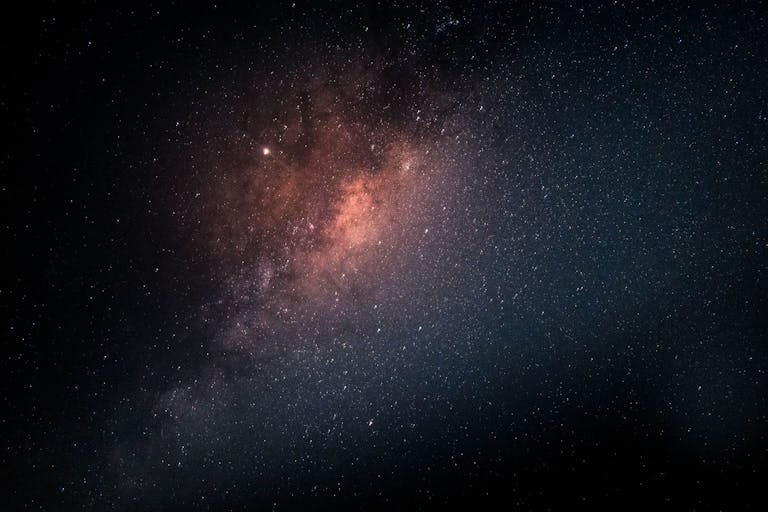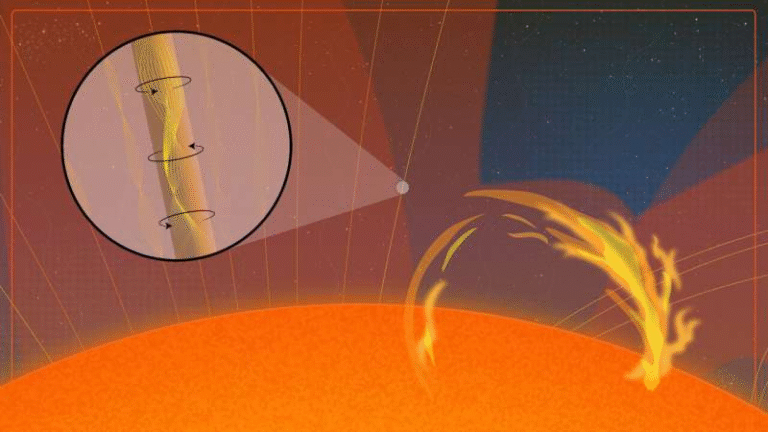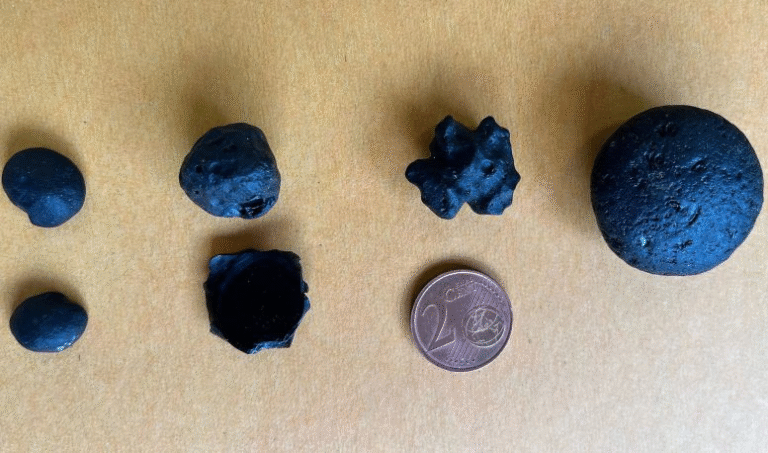Three Earth-Sized Planets Found in a Compact Binary Star System: A Game-Changer for Planet Formation Studies
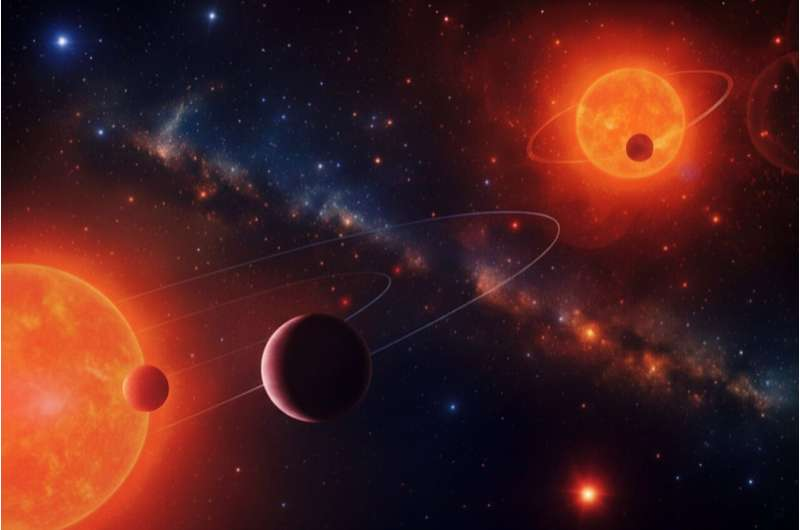
Astronomers have uncovered something truly remarkable — three Earth-sized planets orbiting within a compact binary star system known as TOI-2267, located roughly 190 light-years away. This discovery is special because it shows that small, rocky planets can exist and remain stable even in the gravitational chaos of a double-star system — an environment long thought to be too unstable for such worlds to form and survive.
The TOI-2267 System: A Close Double Star
The system, designated TOI-2267, consists of two small, cool red dwarf stars — one of spectral type M5V (called TOI-2267A) and the other M6V (TOI-2267B). These stars orbit each other closely, with a separation of roughly 8 astronomical units (AU) — about the distance between the Sun and Saturn.
That’s an incredibly tight pairing for a binary, especially considering that both stars are relatively faint and cool. In terms of temperature and luminosity, they’re far less intense than our Sun. Despite this, both stars appear to host their own planets — a first in astronomical history.
The system lies somewhere between 58 and 73 light-years away (different analyses give slightly different distances), but either way, it’s relatively close in cosmic terms. The stars together form what astronomers call a compact binary, which means their mutual gravity strongly affects everything around them — including any planetary disks that might try to form.
The Three Planets: Small, Fast, and Synchronized
Researchers identified three Earth-sized planets in this system using data from NASA’s TESS (Transiting Exoplanet Survey Satellite). Two of the planets have been confirmed, and one is currently considered a candidate awaiting further verification.
Here’s what’s known so far:
- TOI-2267 b: Completes one orbit every 2.28 days.
- TOI-2267 c: Has an orbital period of 3.49 days.
- TOI-2267 candidate (planet d): Circles its star every 2.03 days.
The sizes of these worlds are close to that of Earth. Depending on which star they orbit, the radii range between 0.95 and 1.36 times Earth’s radius (R⊕). That means they’re almost identical in size to our planet — possibly rocky, and definitely compact in configuration.
Interestingly, planets b and c appear to be locked in a 3:2 resonance, meaning their orbital periods are nearly proportional — every time the outer planet completes two orbits, the inner one finishes three. Resonances like this are often seen in stable planetary systems, such as Jupiter’s moons or Pluto’s orbit with Neptune.
However, there’s a fascinating twist: because the binary system is so tight, not all three planets can orbit the same star without becoming gravitationally unstable. The best explanation so far is that two planets (b and c) orbit one star, while the third orbits the companion. This makes TOI-2267 the first binary system ever found to host transiting planets around both of its stars — a groundbreaking configuration that astronomers had never seen before.
Discovery and Confirmation
The initial detection came from TESS, which monitors thousands of nearby stars for the faint dips in brightness that occur when planets pass in front of them. But spotting signals in a binary system is far trickier than around a single star because the light from both stars overlaps and fluctuates.
To make sense of these faint signals, the team used a custom-built software tool named SHERLOCK, developed by researchers from the University of Liège (ULiège) in Belgium and the Instituto de Astrofísica de Andalucía (IAA-CSIC) in Spain. SHERLOCK helped identify two potential planets early on, allowing astronomers to organize follow-up observations.
These follow-up campaigns involved several ground-based telescopes, including the TRAPPIST and SPECULOOS observatories. Both are operated by ULiège and are designed to study small exoplanets orbiting faint, cool stars — exactly the kind of stars found in TOI-2267. These robotic telescopes were instrumental in confirming the planets’ existence and refining their characteristics.
The final results were published in Astronomy & Astrophysics, marking one of the most intriguing discoveries of the year in exoplanetary science.
Why This Discovery Matters
Binary stars are common — in fact, more than half of all stars in our galaxy are in binary or multiple systems. But the gravitational tug-of-war between two closely orbiting stars makes it extremely difficult for planets to form and remain stable.
Until now, astronomers believed that compact binary systems were too turbulent for Earth-sized planets to survive. The gravitational forces would likely disrupt any protoplanetary disk, preventing planets from forming or throwing them out of orbit soon after.
TOI-2267 breaks that expectation completely. It proves that rocky planets can form and persist in tight double-star systems, defying long-standing theories of planetary formation. The system also happens to be the coldest and most compact binary system known to host planets — setting multiple records at once.
This means that planet formation might be much more adaptable than previously thought. It opens up entirely new possibilities for where we might find small, Earth-like worlds — not just around single stars like the Sun, but even in complex systems with two or more suns.
What We Still Don’t Know
There’s still a lot to figure out about TOI-2267. For instance, astronomers don’t yet know exactly which star each planet orbits, because the binary is so close that separating their signals is difficult. Determining this will require more precise data from telescopes capable of extremely fine resolution.
Another key unknown is mass. While astronomers have measured the planets’ sizes using the transit method, their masses — and therefore their densities and compositions — are still uncertain. Knowing these values would tell us whether these are truly rocky, Earth-like worlds or something denser or more volatile.
Future observations, especially using the James Webb Space Telescope (JWST) and upcoming giant ground-based telescopes, may be able to reveal the atmospheric compositions of these planets. That would help determine whether they have any chance of supporting stable atmospheres or potentially even habitable conditions.
Given their short orbital periods, though, these planets are likely too close to their stars to be habitable. They probably experience intense radiation and heat, making them more like super-hot Earths than potential homes for life. Still, their existence in such a hostile gravitational environment is scientifically valuable on its own.
A Broader Look: Planets in Binary Systems
Finding planets in binary systems isn’t entirely new — we’ve known of examples like Kepler-47, which hosts multiple planets orbiting both stars (a “circumbinary” system). However, TOI-2267 is unique because its planets don’t orbit both stars together — instead, each star has its own planets. That’s a first in exoplanetary research.
The discovery highlights how much the field has evolved since the first exoplanets were detected in the 1990s. Back then, astronomers were surprised to find planets around pulsars and gas giants close to their stars (the “Hot Jupiters”). Now, we’re uncovering Earth-sized planets in double-star systems once thought impossible for planetary stability.
Each new system like TOI-2267 expands our understanding of how diverse planetary architectures can be — and reminds us that nature often finds a way to defy expectations.
What’s Next for TOI-2267
The next step is to determine the masses and orbital alignments of these planets more precisely, something that may be achievable with radial velocity measurements and refined transit data. If successful, astronomers could model how these planets interact gravitationally and assess their long-term stability.
TOI-2267 will likely become a benchmark system for studying planet formation under extreme conditions. As new technologies and telescopes come online, it will continue to serve as a natural laboratory for testing planetary evolution theories.
